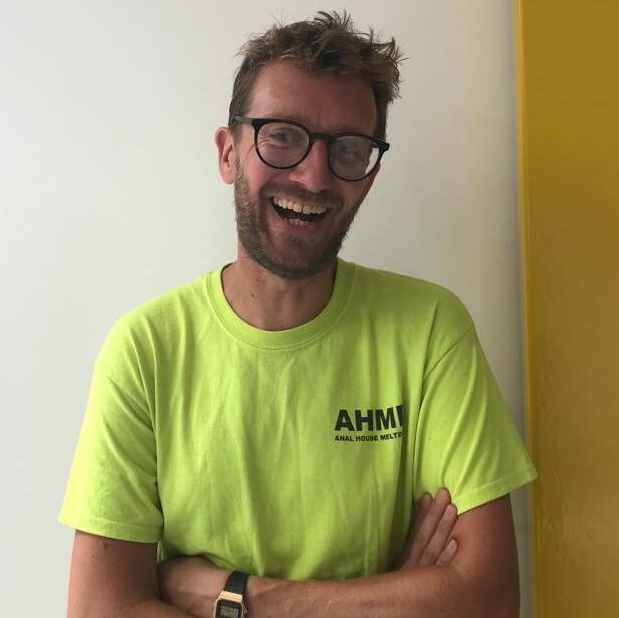“It’s a pretty bizarre day when you find an email from Robert Smith in your inbox”: Electronic polymath Daniel Avery on the genre-blurring magic of new album Tremor and remixing the Cure
Now on his sixth studio album, we speak to Daniel Avery and hear how he mixed the distorted with the ethereal to create the sonic universe of Tremor
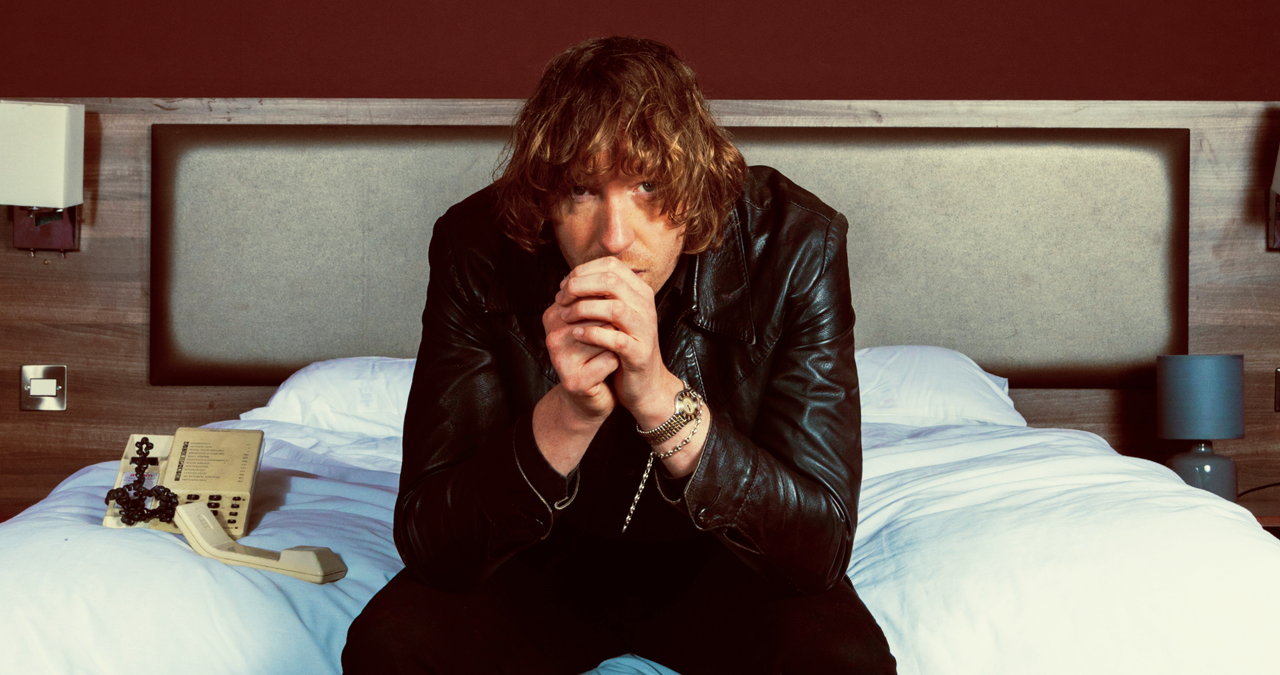
“I’ve never been in a band and I always wanted to be,” says electronic producer and DJ Daniel Avery on the mechanics of his new album, Tremor.
“When I was younger, I was obsessed with Josh Homme from Kyuss, and Queens of the Stone Age. and his Desert Sessions, where he would hire a cabin in the desert, then artists and musicians would visit to work with him. I saw Tremor and my collaborators as my interpretation of this.”
Daniel’s sixth album is the sound of an artist flexing his creative muscles. Perfectly aligned with the disparate influences he’s scooped up from every corner of his record collection which are sewn into its genre-blurring tapestry.
His loves are writ large all over the tracks with the shoegaze electronics of Rapture in Blue featuring Cecile Believe and Ride guitarist Andy Bell alongside the elegant dissonance of collaborations with New Dad’s Julie Dawson, Yunè Pinku and The Kills’ Alison Mosshart.
According to Daniel, this is the first music made entirely outside of lockdown. The restrictions of that time period pointed him toward a new creative space.
The pandemic may have prevented Avery from touring but it allowed him to be an artist.
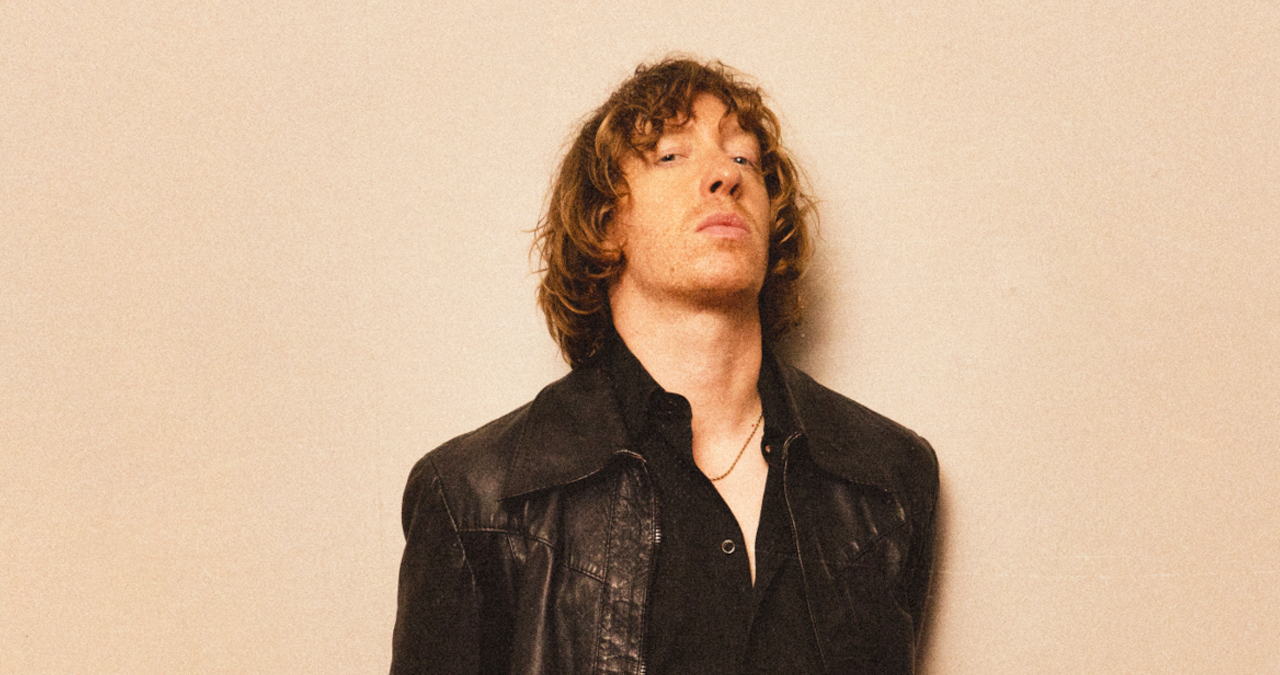
“All my favourite bands and producers have taken left turns and I can hear the creative freedom that time gave me in the tracks on Tremor,” he says. “I went back to many of my first loves, these guitar bands. There’s still a techno heartbeat to the record, but all my passions for heavy music have come to the fore. The first track made was Haze and it felt so exciting. It’s a bit of a cliche to say that the music just fell out of me but that’s what it was like. As soon as it happened, I felt like I had to try an album in this form.”
Different pillars of Daniel’s record collection can be heard running throughout Tremor, from the shoegaze of My Bloody Valentine and the Cocteau Twins via the heaviness of bands like Deftones and the Smashing Pumpkins.
“Shoegaze music is one of my first loves, the ethereal nature of it, the dynamics of heavy distortion underpinned via these melodies, it’s always been very intriguing to me,” Daniel explains.
Want all the hottest music and gear news, reviews, deals, features and more, direct to your inbox? Sign up here.
“Deftones are such a good example of a band channelling these two worlds - they make this beautiful heavy noise, it’s slamming but also feels dream-like too. It’s a sound I wanted to aim for with my record.”
Daniel cites his ‘Studio in the Sky’ concept as at the foundation of the album, billed as, “a space in time through which we could all pass as artists” to enable creative freedom.
Once the record’s sonic palette was established, the music was all written cohesively.
“If anyone asks where I see myself, it’s as an album artist,” Daniel explains. “This is what I love and what got me into music in the first place - putting a record on and being taken by the hand by the artist into their musical world.”
The Studio in the Sky phase came through working in Daniel’s London studio by the Thames. Some artists visited while other collaborations were made entirely remotely with ideas bouncing back and forth on the internet.
“Visual mood boards were as important as musical references and demos,” Daniel says. “The album was called Tremor from the start, it found its name immediately and it stuck.”
The collaborations range from musical heroes to newer talent Daniel has met via gigs, DJing and his remixing experiences in the studio. Many might be from different worlds, but it’s Daniel’s production nous that has brought them together.
“A lot of the newer names are people I’ve met on the road or from touring,” he states. “Bdrmm for example, I did a remix for them, they are great lads from Hull (UK), and it was a natural friendship that led to them supporting me when we played live a few years ago.”
Elsewhere, Greasy off the Racing Line and In Keeping (Soon We'll Be Dust) feature the voices of Alison Mosshart from the Kills and Walter Schreifels of Rival Schools/Quicksand, two artists who have soundtracked Daniel’s life.
“I wrote to them after getting their contact details from various friends and they were an utter joy to work with,” Daniel says.
“When you love someone’s music when you’re younger, it’s such a buzz when they become part of this new collective you’ve formed as an adult. With each collaboration, my goal was to create something I wouldn’t be able to do on my own and I really wanted their personalities on the record.”
The tracks are certainly embossed with the characters Daniel has assembled, from shoegaze shimmer to heavy guitar. But at the same time there’s a confidence and power that stems from Daniel's guiding hand at the helm of this project too. Without his direction, Tremor wouldn’t be as cohesive or as bold as it sounds.
“We made Rapture in Blue in the studio with Cecile Believe and when she nailed the chorus, there was magic in the air,” Daniel says. “I love The Ghost of Her Smile with Julie from New Dad, I think her vocals are so powerful. She did this whole new version in just an evening.”
Creating space is a core concept surrounding the production of Tremor with Daniel wanting even the noisiest or most distorted moments to be full of depth. He is a firm believer in allowing the music to have a voice of its own.
“I can’t labour over something for too long,” Daniel says. “I think there’s a sweet spot where you start degrading the music’s value if you spend too long toiling over it - if it feels good, it’s done.”
In the studio, Daniel draws on a mixture of electronic software, hardware and real instruments. He plays bass guitar on the record while there are also live drums, regular guitar and plenty of live percussion all flowing through the mix.
“I used Kontakt, the Native Instruments drum programming app, to make fantastic sounding live drums electronically,” Daniel says. “Once I got my head around that, then it really helped the sound of the record come together. There are some bits of equipment that I use on every single record, the Korg Monopoly and Roland SH-101 are both across it, a real 808 features too.”
Studio engineers James Greenwood, aka Ghost Culture, and Manni Dee are both on the album and are experts in making DAWs and plugins dance to their tune.
“I really love working with them as whenever I see them, they have a new plugin or a mad bit of kit,” Daniel explains. “I love the energy of someone coming to the studio with new ideas, who says let’s try this or this. I find it really spurs me on, then music will flow really quickly.”
Many of Daniel's arrangements are a juxtaposition of light and shade, encapsulated by his mixture of electronics and guitars. Daniel crafted the rhythmical backbone of many of the tracks, then spent a day embellishing these drums in a studio day with a live musician.
“In the early versions, I programmed live sounding drums and it was good, a good way of getting the tracks to where they needed to be, but as soon as a human played on them, that just gave it an extra element of life,” Daniel says. “I’m fascinated by mixing these two together and the imperfections a human can add in.”
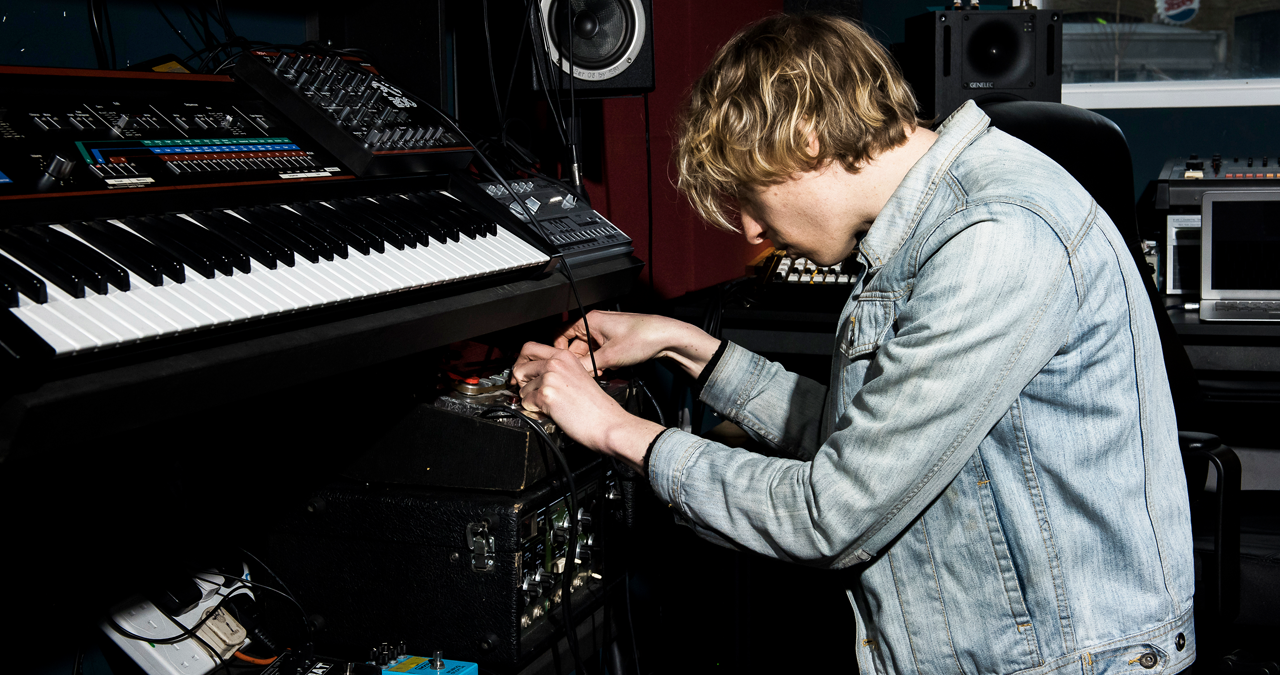
Field recordings are included too as an ambient texture to provide another additional layer of warmth to his music. His studio’s location next to the Thames plays an important role in giving him the space to record these natural tones.
“My studio next to the water is very serene, just going outside with a microphone to grab the gentle breeze sound, then just layering it very subtly on a track gives it a warmth,” Daniel says. “I love doing that because it’s a warmth you can’t write or recreate anywhere else. You can’t necessarily hear it but if you removed it, you would feel its absence, it just gives everything a certain grit.”
David Wrench and Alan Moulder, two giants of the production world, mixed the record. Both have enviable CVs, with the pair working on many of Daniel’s most loved albums from artists such as the Smashing Pumpkins, Nine Inch Nails and many more.
“They bring a real sonic edge to the record,” he says. “They are the best of the best and it was so interesting working with them as they have contrasting methods. David Wrench is so delicate, it’s all about tiny details whereas Moulder is all about feeling, almost heating it up until it feels right.”
The studio location by the Thames is also a converted shipping container, a small yet calm space that has had a profound influence on Daniel’s music and outlook. It’s hard to find yet, despite being in the city, offers some solace from the hubbub of London’s centre.
“It’s not the easiest place in the world to get to, which I really like,” he says. “It’s tucked away but the views are beautiful across the water, this place is integral to the sound of my music and never more so as on this record. It’s right under London City airport so you have to time it right when recording but everyone loves it when they come down here, it’s a really special place.”
Future ambitions include launching the album with a series of live dates including a sold-out show at London’s Barbican. To bring the record to life, Daniel has formed a band featuring electronics, drums, bass and guitar in a bid to move his music out of the club and into a gig setting.
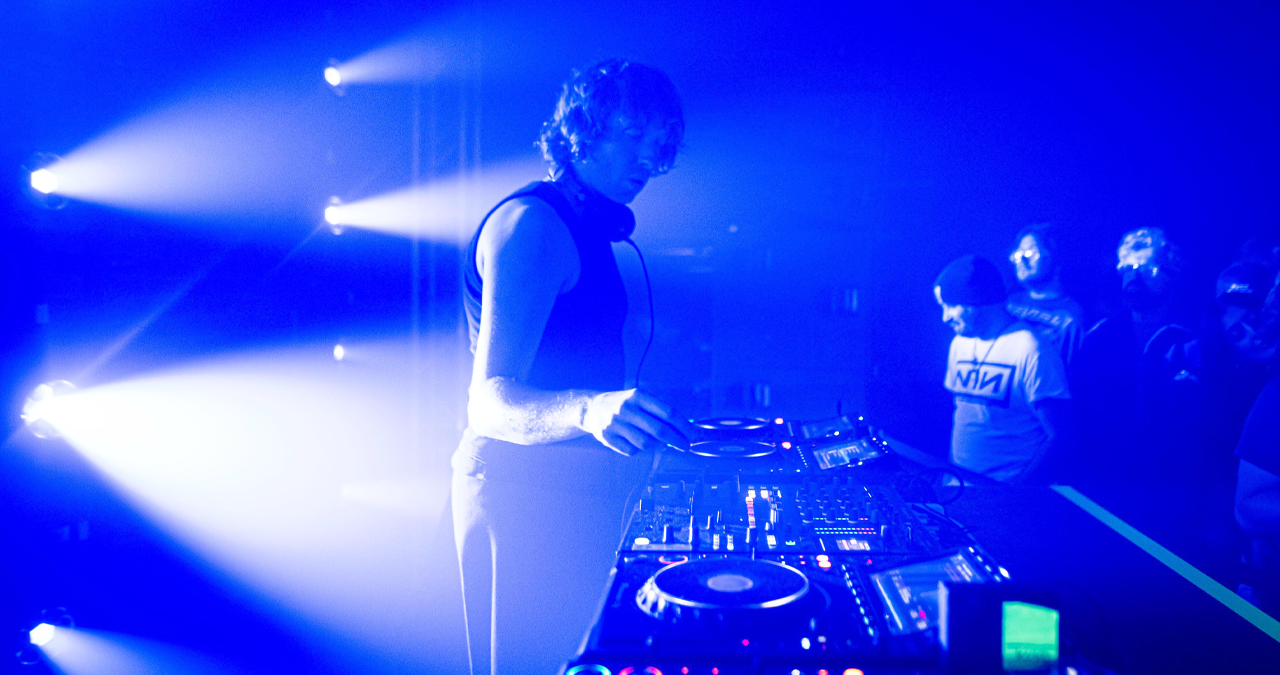
“I didn’t want to recreate my more techno-leaning stuff with this band, so there are more moments when it’s just me on stage where we go heads-down, techno rave,” he says. “Then the band rejoins me on other tracks. I wanted it to have this flow to it, this ever-changing, living breathing side - so there are different members on stage throughout rather than just a bunch of blokes on stage playing techno with guitars.”
He’s also recently remixed the Cure track Drone:Nodrone as part of their remixed spin on their fabulous comeback Songs of a Lost World album, Mixes from a Lost World.
Interestingly, Daniel tells us that Robert Smith’s goth titans also had a big influence on the sound and direction of the new album.
“It’s a pretty bizarre day when you find an email from Robert Smith in your inbox,” he says. “I felt a lot of pressure as I love them so much, but it was incredible just working with his voice, let alone everything else. That’s the kind of thing that if I’d told my 16 year old self that I’d be doing this, he’d have fallen off his chair.”
Elsewhere, despite the album being finished, Daniel’s workload has barely dipped. He’s currently working on remixes, having created an entire Midnight Version of Tremor that is more suited to the late-night dancefloor.
“I feel the world of Tremor is much bigger than the record, this Studio in the Sky that has been created, the remixes have come through it, the artwork, I’m working on a follow up at the moment. It’s all just flowing, I’m really excited by it all - it’s the best time I’ve ever had making music.”
His sound has evolved significantly over the numerous releases he’s put out but for Daniel, staying true to your aesthetic is an essential if you are to have any sort of longevity with a creative career.
“There’s no point in following any kind of trend although you can be inspired by what is going on around you,” he says. “But if you’re just latching onto them, you’ll always be playing catch up. You can be more popular one year than another year - but as long as people turn their head back towards you, as long as you are making high quality genuine music, then you’ve won. Just focus on making the best music you can - so when people do find it, they fall in love with it.”
Tremor is due for release on October 31st via Domino, you can pre-order here or find out more at Daniel's website
Jim Ottewill is an author and freelance music journalist with more than a decade of experience writing for the likes of Mixmag, FACT, Resident Advisor, Hyponik, Music Tech and MusicRadar. Alongside journalism, Jim's dalliances in dance music include partying everywhere from cutlery factories in South Yorkshire to warehouses in Portland Oregon. As a distinctly small-time DJ, he's played records to people in a variety of places stretching from Sheffield to Berlin, broadcast on Soho Radio and promoted early gigs from the likes of the Arctic Monkeys and more.
You must confirm your public display name before commenting
Please logout and then login again, you will then be prompted to enter your display name.

![The Cure - DRONE:NODRONE [Daniel Avery Remix] - YouTube](https://img.youtube.com/vi/zkwDK-KpwQw/maxresdefault.jpg)
